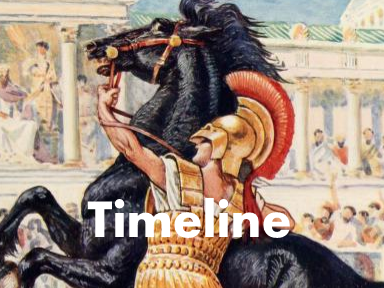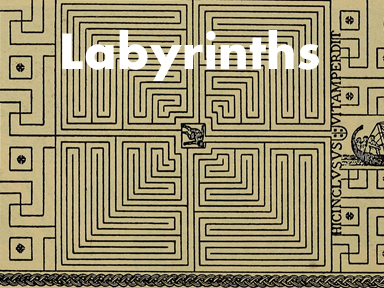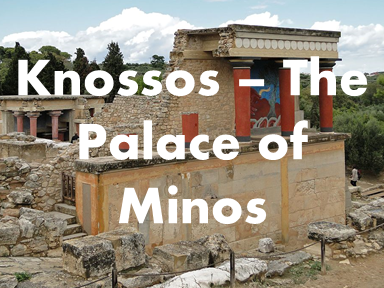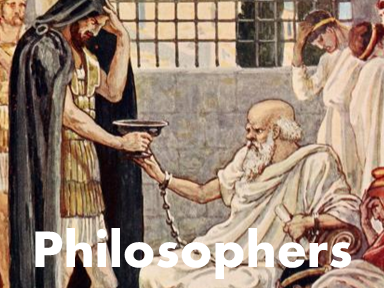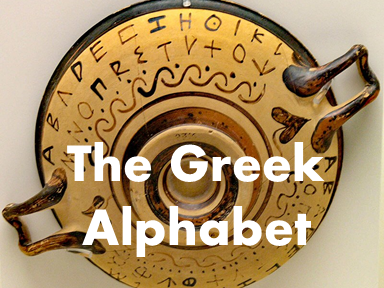
Ancient Greece Democracy
Athens was the birthplace of democracy. Other places in the world had kings, pharaohs. or emperors. This concept was introduced by a statesman named Cleistheses in 509 B. C. Cleistheses divided the Athenian citizens into small communities called demes. Demes were grouped together into ten tribes. Each tribe had an equal number of citizens.
Between 508 - 338 B.C. Athens formed a government called demokratia. It was ruled by the people. Every ten days the male citizens met in an assembly called the ecclesia. Each man who wished to could speak or propose laws. The men voted to determine the final laws.
Metics, slaves, and women were not considered citizens and were not allowed to participate in this process.
At times the police had to gather the Athenian citizens so there would be enough to participate. They used ropes dipped in bright red powder. The men were embarrassed to go to the Pynx, the assembly, with red marks. Soon almost every citizen was participating in the assembly.
Before each assembly pigs were sacrificed to the gods. The priest used the pigs' blood to draw a sacred circle around the assembly. The meetings were usually very long with so many speaking. Food and drinks had to be served.
Because the meeting became so long the number of citizens participating in an assembly was restricted. Fifty citizens were allowed to participate for one tenth of the year. This group made the policies and rules which were later voted on by the entire assembly.
Every 24 hours a new president called an epistats was drawn from a container. This way each citizen could hold the position. Each magistrate was elected for one year. Pericles was so well liked that he was reelected 30 times. The assembly could vote to banish a statesman. This often led to a 10 year exile.The names of banished citizens were written on stones for everyone to see.



